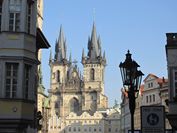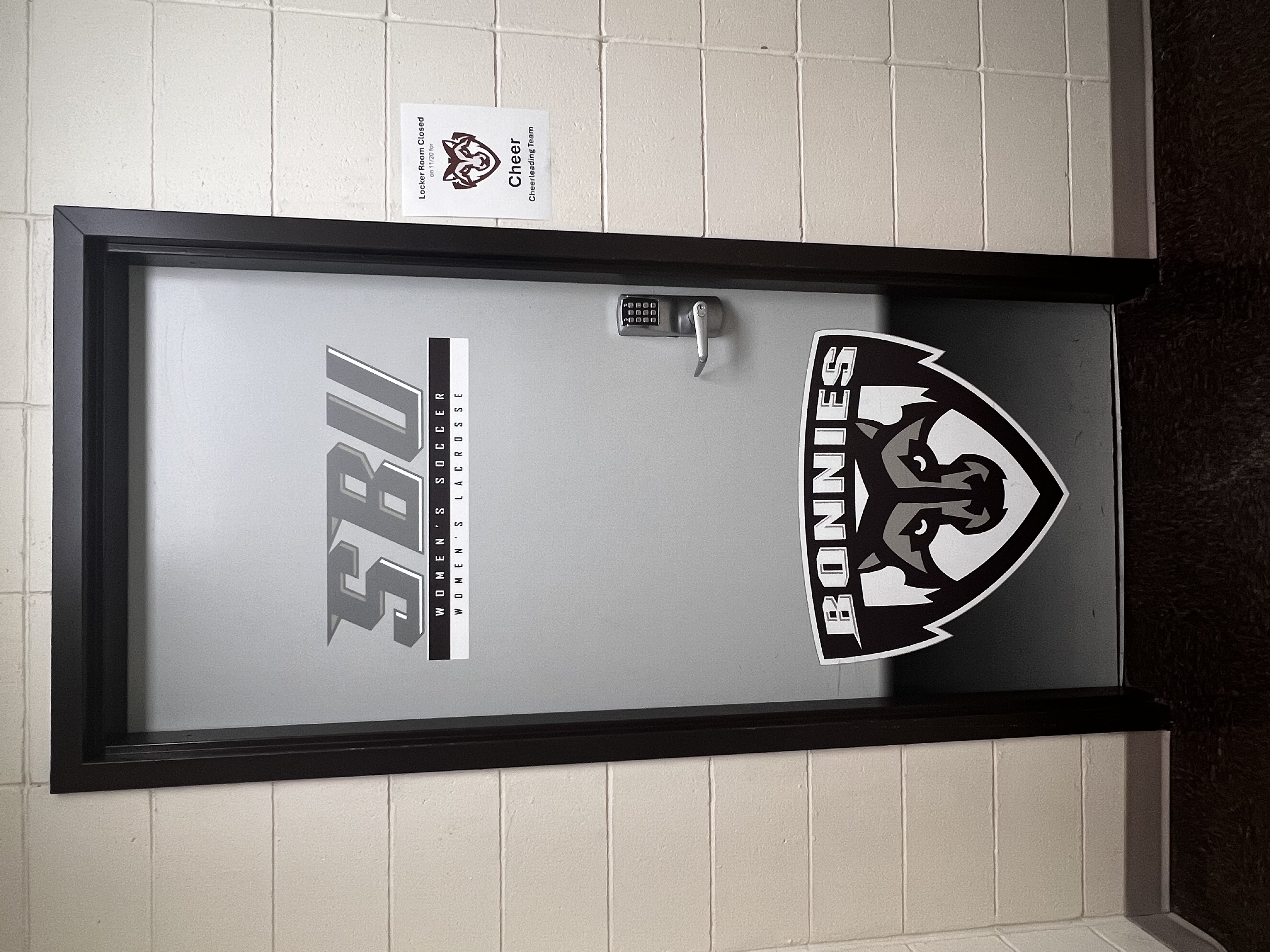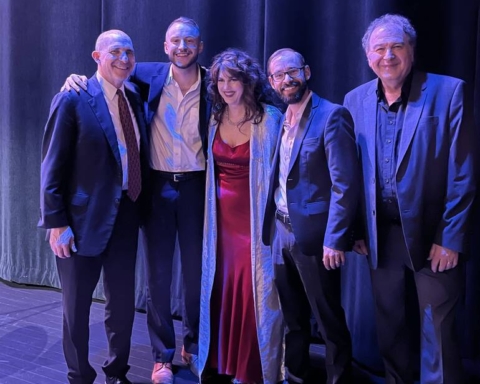By Harrison Leone
Czech Correspondent
From the air, central Bohemia sharply resembles Kansas. Flat and barren, with the only signs of human development being arrow-straight roads crossing through the snow-covered landscape.
Things changed dramatically once my British Airways flight touched down at Vaclav Havel Airport. Vaclav Havel, which services more than 11 million passengers a year, is a modest size by American standards and is situated over ten miles from the center of the Czech capital of Prague. Even from the outskirts of the city, it is clear this ancient city is a sprawling metropolis full of burgeoning industry and nascent free-market commerce.
Office buildings and apartment complexes hugged the highway into town, which was crowded with an odd mixture of hulking Mercedes, BMW SUVs and cramped, dilapidated two door sedans. Graffiti covered nearly every exposed surface while signs and billboards written exclusively in Czech stuck out as being more foreign than anything I’d ever seen.
After being unexpectedly ejected from my cab a block and a half from my apartment and wandering around hopelessly for an hour, I was able to find the apartment building where I’d be spending the next four months, but only through the incredibly gracious and patient help of a Czech woman who pointed me toward my intersection. The A-1 Flats where I’ll be staying are in a quaint house perched on a hill north of the city in a district known as Prague 8, surrounded by hulking, Soviet era apartment structures.
The next day, after meeting my roommates who represent a cross-section of America, hailing from places as diverse as New York City, Missouri and Montana, we headed into the city center for the first time. Taking the Prague Metro, which is cleaner than any American subway I’ve ever encountered, we emerged at the Czech National Museum. On a wet, gray afternoon, the kind of dreary, lifeless overcast that Americans so often associate with the former Eastern Bloc, we were treated to our first taste of the Czech Republic’s largest city.
The museum, a remarkable building itself, is situated overlooking Wenceslas Square, which is one of the commercial and tourist hubs of Prague, basically making it a Bohemian Times Square. Flanking the pedestrian area in the middle of the square are glittering hotels, shops (including many American exports like H&M and Hooters) and a host of cabarets, casinos and currency exchanges.
Standing in front of the museum is a massive statue of King Wenceslas, the patron saint of the Czech people. This is one of seemingly thousands of monuments, plaques and statues dotting the city which is well aware of its rich and often troubled culture. There is the eerie memorial to the victims of communism, the weathered statue of the church reformer and martyr Jan Hus and a garden dedicated to the renowned composer Antonín Dvořák.
Simply walking through the streets of this ancient city, which has been continuously populated for more than a thousand years, the sense of the past is inescapable. The city lives in a convergence of eras, at the crossroads of centuries that give it a timeless, almost eternal feel. On a single street in the Old Town district you’ll encounter Gothic cathedrals, medieval bridges, renaissance shops and Art Deco cafes.
The city is international to the extreme. Go into any pub or dance club on a weekend and you’re sure to meet British vacationers, German tourists and South American students. Hearing English spoken in an American accent actually came as a surprise.
My first attempt at seeing some of the city’s nightlife began with being kicked out of a wine bar for mistakenly ordering beer (apparently an extreme offense), but it happily resulted in me meeting two English-speaking Czech men who invited us to a friendlier pub down the street. These men, one of whom was a tour guide to English, Australian and New Zealander visitors, offered us a crash course on the intricacies of Czech culture.
The Czech are a people acutely aware of their past (the men got in a good-natured shouting match over the exact age of the Prague castle, much in the way Americans would debate sports or movies) who have an interest in international politics that seemed to border an obsession. In a country where a three-hour drive can find you in any one of six different countries — and in which there is an unfortunate history of foreign invasion and occupation — geopolitics can have tangible and occasionally tragic results.
The men, Tomáš and Jan, told horror stories from the days of the Communist Party rule, including waiting in hour long lines for oranges, applying for special permits to buy jeans and living in constant fear of the prying eyes of Party agents. They also spoke about the Czech affinity for American culture that had been banned before the Velvet Revolution of 1989. Seeing an episode of “Tom and Jerry” was a momentous occasion for a Czech child during the days of the Warsaw Pact.
The remnants of totalitarian rule can be seen if one looks hard enough, but the city and the people happily embrace anything that can remind them of better times or speak to a new future.
In a city that has been both the seat of an Empire, a forgotten outpost and looks as though it is straight out of a fairytale, any foreign traveler would be glad to call it a temporary home.







